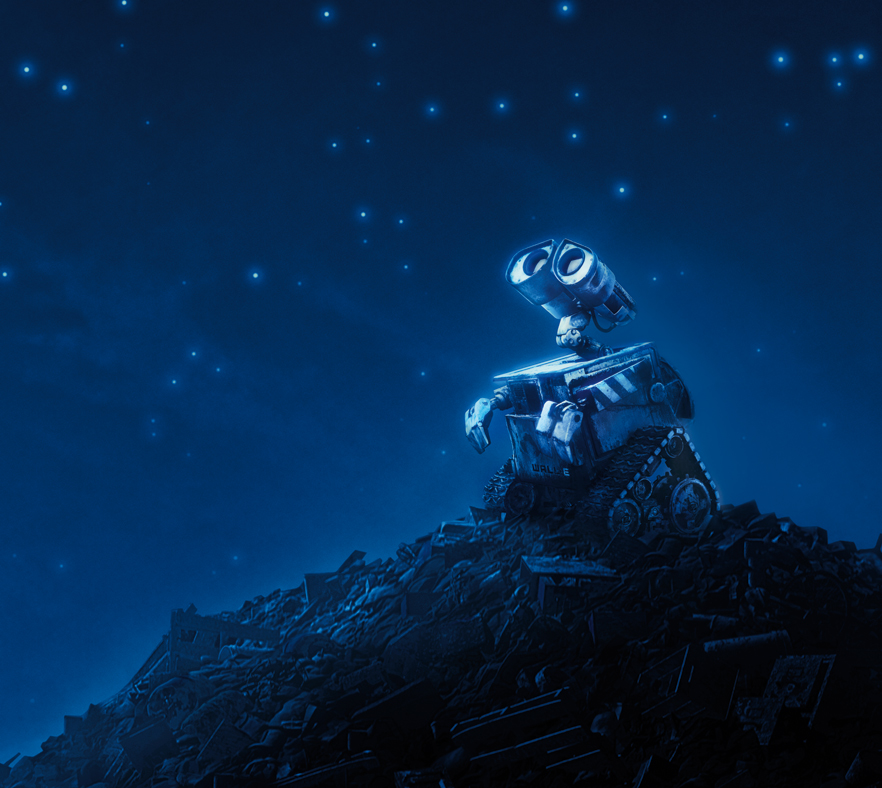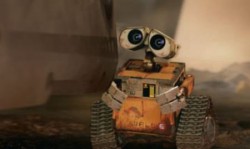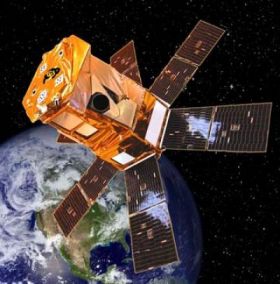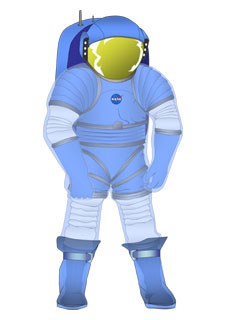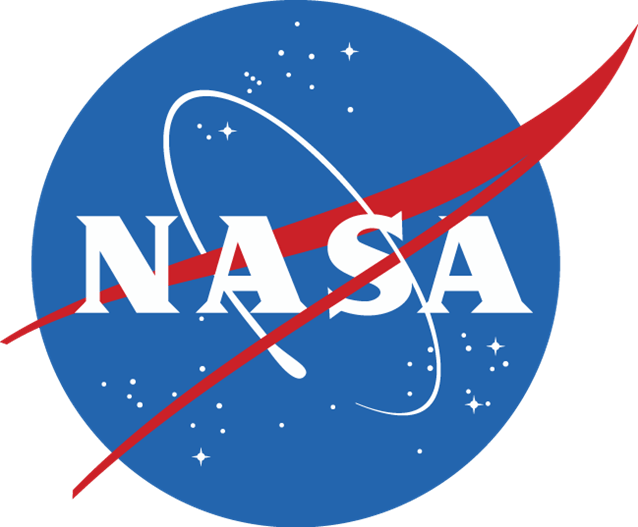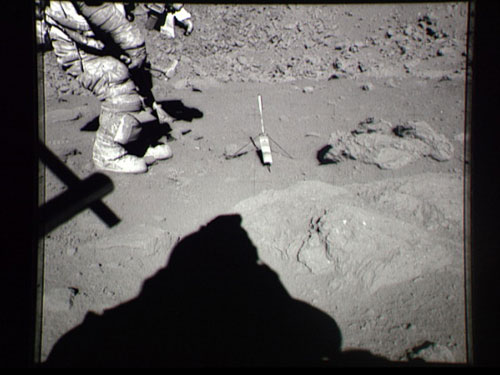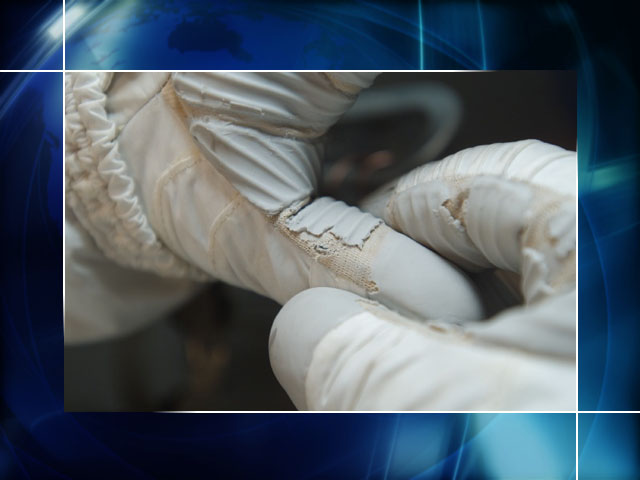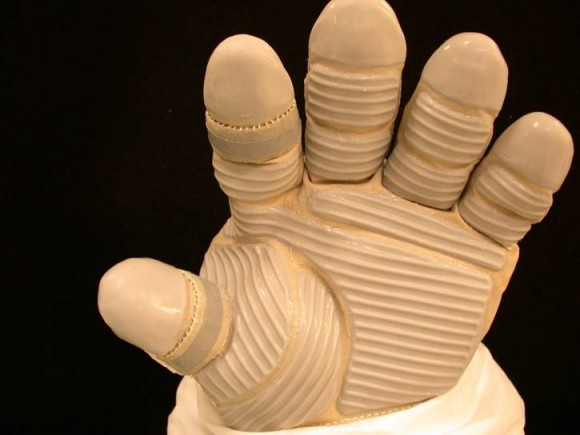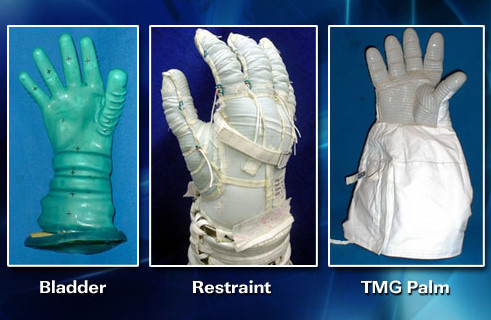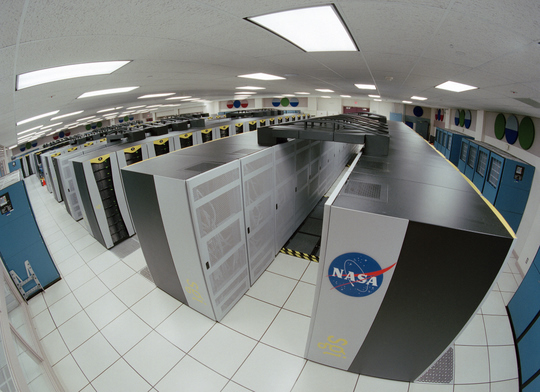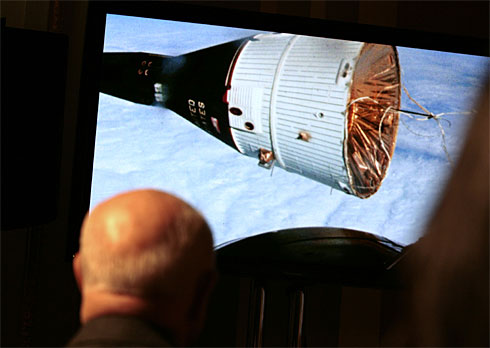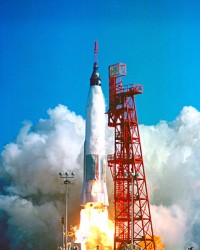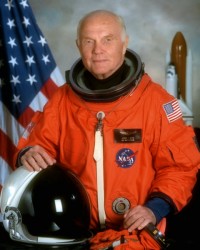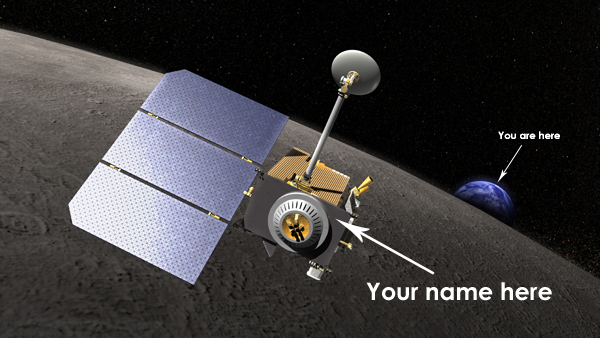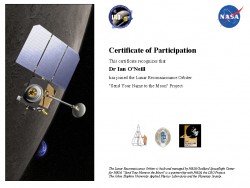Disney-Pixar and NASA have embarked on a project to promote science and technology amongst school children. Walt Disney Studios Motion Pictures is gearing up for the premier of their new animated space adventure WALL-E on June 27th, and NASA has signed a Space Act Agreement to use this event as an opportunity to promote educational-based projects to build kids interest in space exploration. The collaboration sounds like an excellent chance to communicate NASA’s endeavours in space, plus the movie and possible NASA spin-offs look very cool (besides, WALL-E looks like a very cute Mars rover)…
It sounds like a film I’ll definitely be watching at the theatre. With some great timing, this Disney creation features an animated robotic rover not too dissimilar to NASA’s Mars Expedition Rovers Spirit and Opportunity (minus the binocular, expressive eyes) currently trundling around on the Red Planets surface. Plus we saw the robotic lander Phoenix touch down only a couple of weeks ago. If there’s a time to release a film about the last rover-robot on Earth exploring space, this would be the time to do it! Apparently there are quite a few similarities between the movie’s plotline and NASA’s actual work with robotics, propulsion and astrophysics. Seems like a great time for NASA to communicate with the young minds that will shape the next generation of space explorers.
“Great ideas for future exploration of the universe start with the imagination. We hope that with the help of our new robot friend WALL-E, NASA can encourage young people to learn about science and technology and become the explorers of tomorrow.” – Robert Hopkins, chief of strategic communications at NASA Headquarters in Washington.
The team at Disney-Pixar have already produced a 30-second promotional video announcing the Disney-NASA partnership which also promotes NASA’s TV channels and NASA’s website. It is hoped this campaign will draw a younger audience to NASA’s Kids’ Club pages. NASA’s Jet Propulsion Laboratory is using this time to showcase their current Phoenix mission and the 2009 Mars Science Laboratory mission. WALL-E will be showing from June 27 to August 27 in the El Capitan Theatre in Hollywood and NASA will be hosting a special display of imagery from the Hubble Space Telescope at the location, so the audience will have a real entertaining visit.
“All of us at Disney are delighted to be working with NASA in their educational and public outreach efforts to teach schoolchildren about space exploration, robot technology, and the universe they live in. WALL-E is one of the most lovable and entertaining characters that Pixar ever has created, and he is the perfect spokes-robot for this program. Disney-Pixar’s WALL-E takes moviegoers on a thrilling and imaginative journey into outer space, and now the film’s title character will be able to stimulate imaginations further through these efforts.” – Mark Zoradi, President of Walt Disney Studios Motion Pictures Group
See the 30 second WALL-E/NASA trailer »
Source: SpaceRef.com

